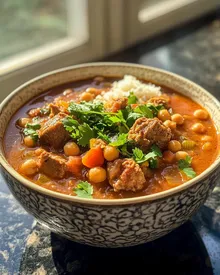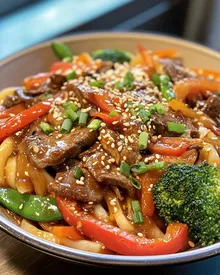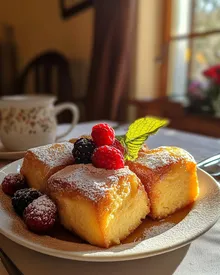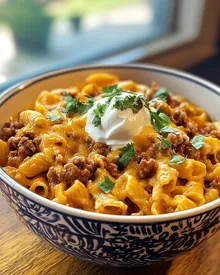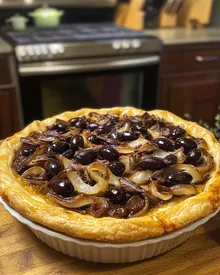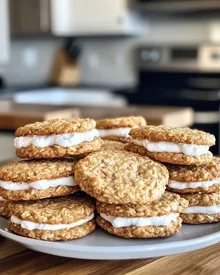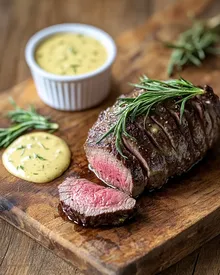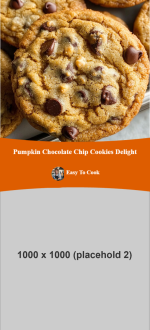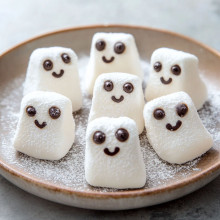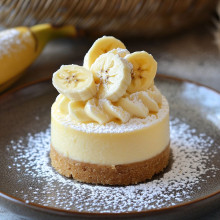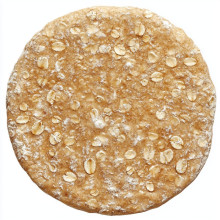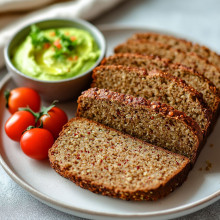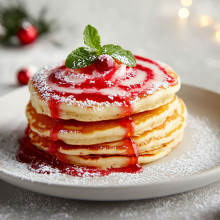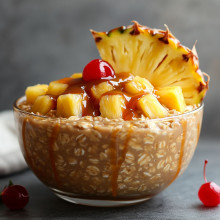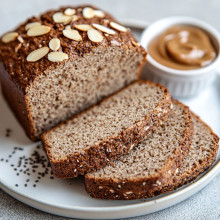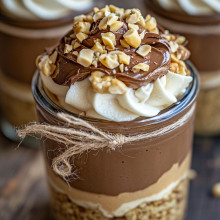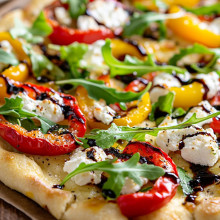Gluten-Free Beetroot Flatbread
Published: 16/09/2025 By Isaiah Richardson
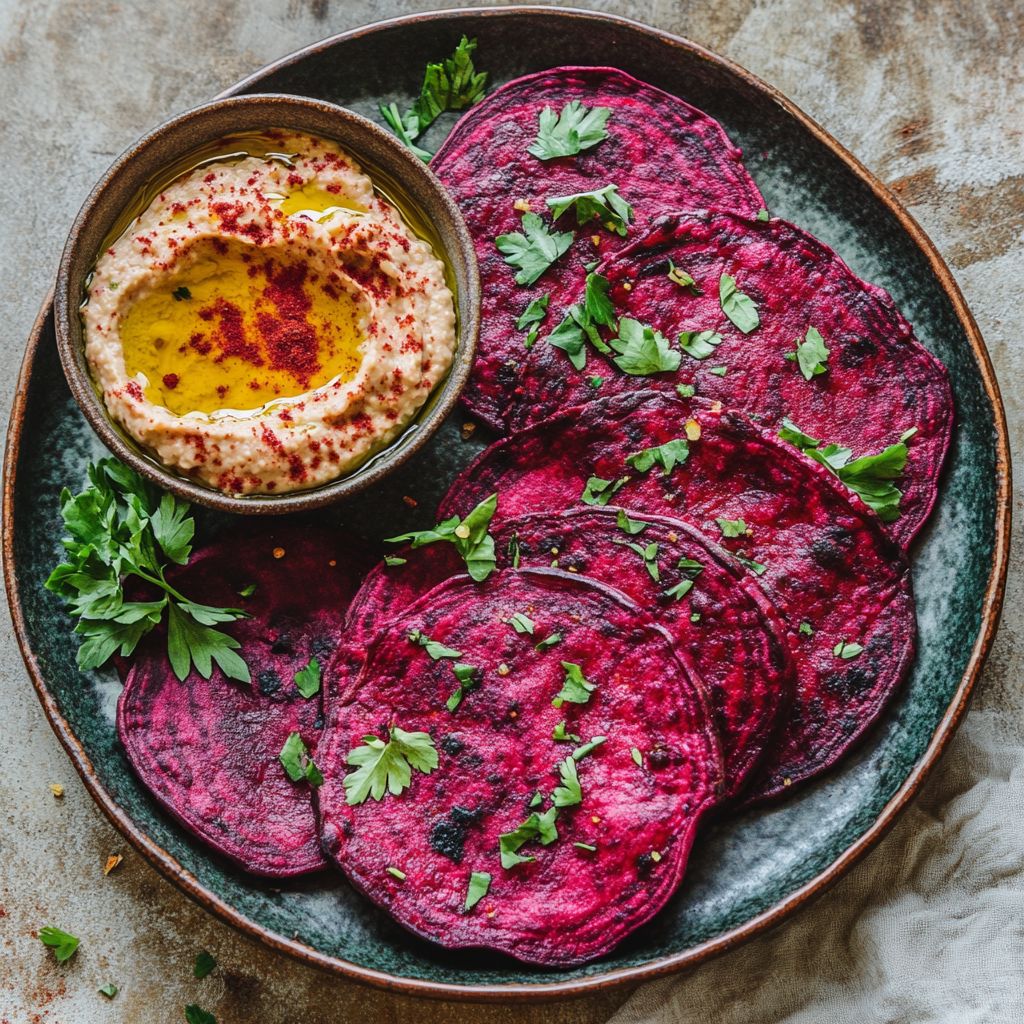
Imagine a warm, fresh-from-the-oven flatbread that bursts with vibrant color and earthy sweetness—this Gluten-Free Beetroot Flatbread is all that and more! Perfect for those following a gluten-free lifestyle, this bread not only caters to your dietary needs but also tantalizes your taste buds with its unique flavor profile. The rich hue of the beetroot gives this flatbread a visually stunning appearance, making it an appealing addition to any meal or gathering. Whether you're looking to impress your guests or simply enjoy a nutritious snack on a cozy afternoon, this flatbread effortlessly strikes the right balance between health and indulgence.
The allure of beetroot lies not just in its striking color but also in its numerous health benefits. Packed with essential vitamins and minerals, beets are known to be a powerhouse of nutrition. They are rich in fiber, which can aid digestion, and are a fantastic source of folate, manganese, and potassium. Additionally, beetroots are renowned for their ability to support heart health and improve athletic performance due to their high nitrate content. When incorporated into a flatbread recipe, the natural sweetness of beetroot takes center stage, creating a bread that’s not only healthy but also deliciously flavorful.
This Gluten-Free Beetroot Flatbread provides a perfect canvas for a variety of toppings or can stand alone as a wholesome accompaniment to your favorite dips, spreads, or salads. Imagine indulging in a spread of creamy hummus, or perhaps a zesty avocado mash, atop a slice of this stunning flatbread. It’s an excellent way to introduce more veggies into your diet without compromising on taste. And if you're entertaining, this vibrant bread can serve as an appealing base for a colorful dips platter, inviting your guests to dig in with delight.
Making this flatbread is not only simple but also fun, making it an excellent recipe to involve the kids in the kitchen or to enjoy a little culinary creativity on your own. The process is fairly straightforward and requires just a handful of ingredients that you might already have in your pantry. Beetroot can be added either in puree form or shredded, depending on your preference for texture and flavor. By blending it into the dough, you can achieve a smooth consistency, while grated beetroot might give a slightly rustic feel to your flatbread.
For those who might be new to gluten-free baking, it's important to understand how gluten-free flour behaves differently than regular flour. Each type of gluten-free flour possesses its own unique properties, and the blend you choose can significantly impact the outcome. For our Beetroot Flatbread, a combination of gluten-free flours can help achieve the right texture, ensuring the bread is pliable and not crumbly. The addition of xanthan gum or psyllium husk is often recommended to help mimic the elasticity that gluten typically provides, allowing for a delightful chewy bite.
One of the best things about this flatbread is its versatility. You can customize the flavors and textures to suit your palate. For a savory touch, consider adding herbs like rosemary or thyme to the dough, or incorporating spices like cumin or coriander to infuse additional warmth and complexity. Alternatively, try sprinkling sesame seeds or flaxseeds on top before baking for a delightful crunch that pairs beautifully with the softness of the bread.
Temperature control is key when making flatbread, especially when baking with gluten-free ingredients. Achieving the perfect balance between cooking time and temperature will help ensure your flatbread turns out just right—crispy on the outside but soft and tender on the inside. Baking it at a high temperature allows for quick cooking, which can help maintain the vibrant color of the beets while creating a delightful crust. Monitoring the flatbread as it bakes will guarantee that you catch it at the perfect moment of doneness, ensuring a mouthwatering result.
Once baked, the flatbread can be enjoyed warm straight from the oven or stored for later use. It makes a fantastic companion to soups and stews, or as a base for a hearty sandwich. Be sure to store any leftover flatbread in an airtight container to maintain its freshness. If you find that you can't get through it all in a few days, fret not! Gluten-free bread can often be frozen. Simply slice, wrap, and pop it in the freezer for a convenient snack or meal addition at a later time.
And while the flatbread shines on its own, don’t hesitate to pair it with an assortment of delicious dips. Hummus, tzatziki, or even a tangy yogurt dip can elevate your gluten-free experience to a whole new level. You might also be tempted to layer on traditional additions like smoked salmon or grilled vegetables, turning the flatbread into a beautiful and nutritious appetizer or main dish. The combination of the beetroot flavor with those complementary toppings and dips can lead to an explosion of taste that your palate won't soon forget!
In conclusion, this Gluten-Free Beetroot Flatbread is more than just a bread alternative; it’s an opportunity to explore new flavors and colors in your diet while maintaining a commitment to health. Whether it becomes your go-to recipe for everyday meals or a special addition to serve guests, its stunning visual appeal and delectable taste are bound to impress. Dive into the world of gluten-free baking with this nourishing flatbread, and let it inspire you to experiment with other vegetables, herbs, and spices as you refine your own culinary repertoire. The journey of creating and enjoying food should always be fulfilling, and this dish epitomizes that very essence.
Ingredients
- 1 cup gluten-free all-purpose flour
- 1 cup cooked beetroot pureed
- 1/2 cup water
- 2 tbsp olive oil
- 1 tsp baking powder gluten-free
- 1/2 tsp salt
- 1/2 tsp ground cumin
- 1/4 tsp black pepper
Instructions
- In a mixing bowl, combine the gluten-free all-purpose flour, baking powder, salt, ground cumin, and black pepper. Mix well.
- Add the pureed cooked beetroot, olive oil, and water to the dry ingredients. Stir until a cohesive dough forms.
- If the dough is too sticky, add a little more gluten-free flour, one tablespoon at a time, until it is manageable.
- Divide the dough into equal portions, depending on how large you want your flatbreads to be.
- On a floured surface, roll each portion out into a flatbread shape, about 1/4 inch thick.
- Heat a non-stick skillet or frying pan over medium heat.
- Once the skillet is hot, place the rolled-out flatbread onto the skillet. Cook for about 2-3 minutes on each side, or until golden brown and cooked through.
- Remove the flatbread from the skillet and keep warm in a clean kitchen towel while you cook the remaining flatbreads.
- Serve warm with your favorite dips or toppings.
Notes
These gluten-free beetroot flatbreads are not only vibrant in color but also packed with nutrients, making them a delightful and healthy addition to any meal. The naturally sweet flavor of the beetroot pairs wonderfully with the spices, offering a unique twist on traditional flatbread. You can serve these flatbreads with dips like hummus or tzatziki or use them as a base for wraps filled with your favorite proteins and vegetables. For added nutrition and flavor, consider mixing in some herbs like fresh parsley or cilantro. These flatbreads are best enjoyed fresh, but they can also be stored in an airtight container in the refrigerator for a couple of days or frozen for later use. When reheating, simply warm them in a skillet for a few minutes on each side to regain their softness.
Faq
What ingredients are needed for Gluten-Free Beetroot Flatbread?
The main ingredients for Gluten-Free Beetroot Flatbread include gluten-free flour, cooked beetroot, water, salt, and olive oil. You may also add herbs and spices for extra flavor.
How do I prepare the beetroot for this recipe?
You can prepare the beetroot by boiling, steaming, or roasting it until it is tender. Once cooked, allow it to cool, then peel and puree it before adding it to the flatbread mixture.
Can I use different types of gluten-free flour?
Yes, you can use various gluten-free flours such as almond flour, coconut flour, or a gluten-free all-purpose blend. However, the texture and flavor may vary depending on the flour you choose.
How thick should I roll out the flatbread?
Roll out the flatbread to about 1/4 inch thickness. A consistent thickness will ensure even cooking and prevent some parts from being undercooked or burnt.
How long should I cook the flatbread?
Cook the flatbread for about 3-4 minutes on each side over medium heat or until it develops a nice golden-brown color. Cooking times may vary based on the heat of your pan.
Can I store leftovers, and if so, how?
Yes, you can store leftover flatbread in an airtight container in the refrigerator for up to 3 days. To reheat, simply warm it in a skillet or microwave.
What can I serve with Gluten-Free Beetroot Flatbread?
This flatbread pairs well with dips like hummus, tzatziki, or guacamole. It can also be used as a wrap for various fillings or served alongside salads and soups.
Is this recipe suitable for vegans?
Yes, this Gluten-Free Beetroot Flatbread recipe is suitable for vegans as it contains no animal products. It's made with plant-based ingredients and is a healthy option for a vegan diet.
Do you want to save this recipe?
Are you new to this website? This free email series is a great place to start. I'll walk you through some of my most popular recipes and show you how and why they work. You'll learn some practical concepts in the science of baking and quickly gain the knowledge you need to become a better baker.









